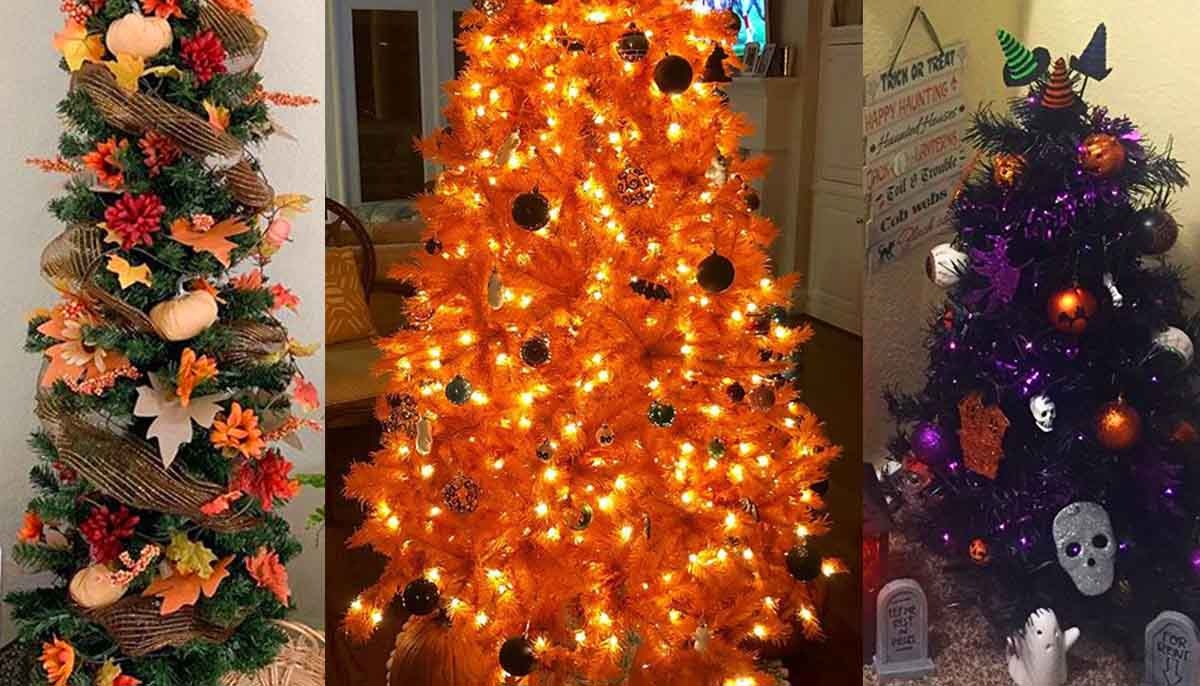Instagram | anaddedtouch | ashjane07 | ckburgod
Who said Christmas was the only season you could decorate a tree? The newest trend for Halloween lovers is a new spin on the old Christmas tree concept, introducing spookier elements into the classic design.
Elements like pumpkins, candy corn, bats and spiders are all seen adorning these clever and interesting design choices.

Social media has a special affinity for Halloween. Unlike Christmas, Halloween is a much more low-key holiday, carrying less stress and not demanding that you buy everyone gifts. It’s also a holiday where everything creepy, weird and occult becomes mainstream for about a month, so everyone can let their freak flag fly.
Some on social media have pointed out that Halloween plays an important role in the calendar, “holding back” Christmas from overwhelming the entire last quarter of the year. Ironically, it seems Halloween-lovers are now using Christmas iconography to get people even more hyped for the spooky holiday.
We’ve long held that Christmas songs and decorations are fair game as long as it’s the day after Thanksgiving!
The Celtic festival day of Samhain (pronounced sow-in) serves as the origin of modern Halloween celebrations. Samhain observations consisted of people wearing costumes and masks while lighting bonfires in an attempt to ward off malicious spirits. The Celts believed that the end of October was also the end of Summer, since the harvest was in and the long, dark winter was about to begin.
This marked the start of the new year for the Celts, and was a time where they believed the boundary between the worlds of the living and dead become thinner. After the Romans conquered Celtic territory, a few Roman holidays got added to the mix during Halloween celebrations, such as apple bobbing for the Roman goddess of fruit, Pomona.
When Pope Gregory III decreed November 1 All Saints’ Day, Samhain’s October 31 date got somewhat mixed into the celebrations. The practice of honoring the fallen and respecting those who have come before intermingled with the concept of wearing costumes and ghostly mischief.
This gradually evolved in to trick-or-treating, where pranksters would tell homeowners to either give them something sweet or they would wreak havoc. Now, rather than wearing costumes to ward off spirits, modern Halloween celebrants wear costumes to look like spirits.